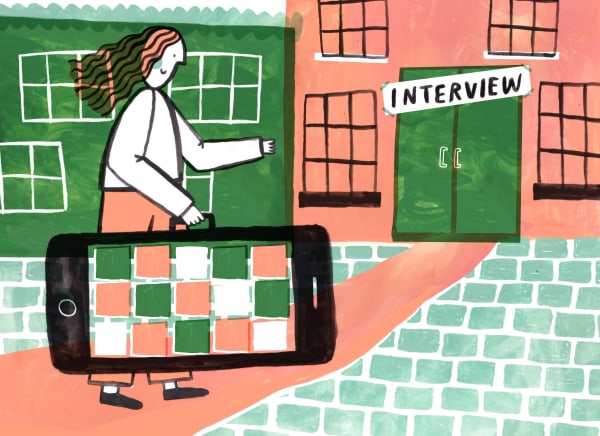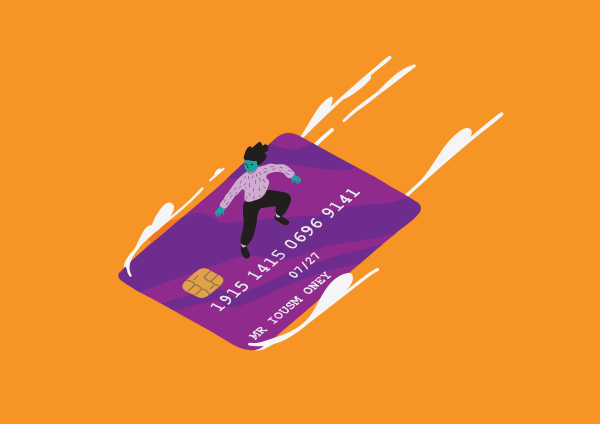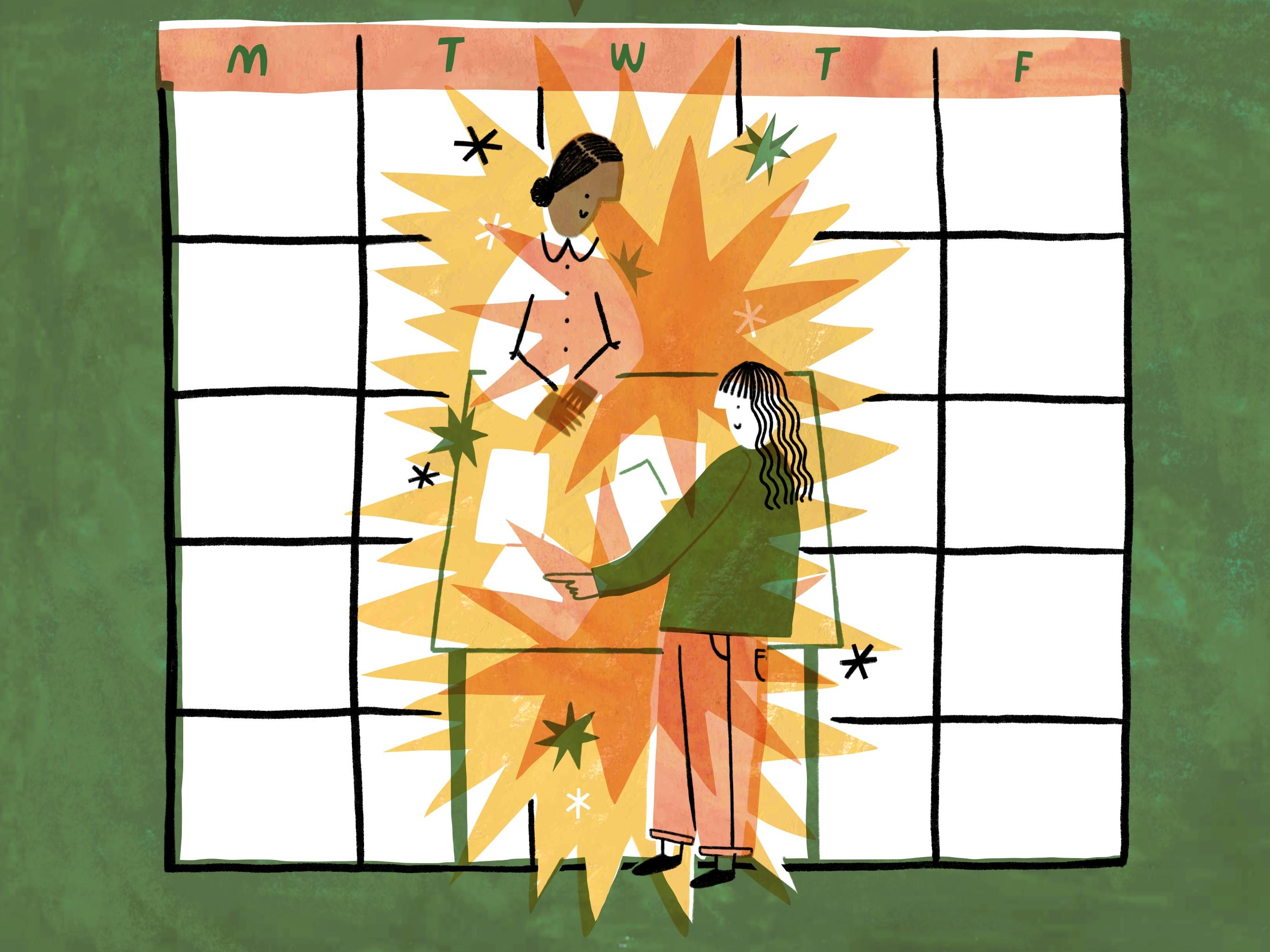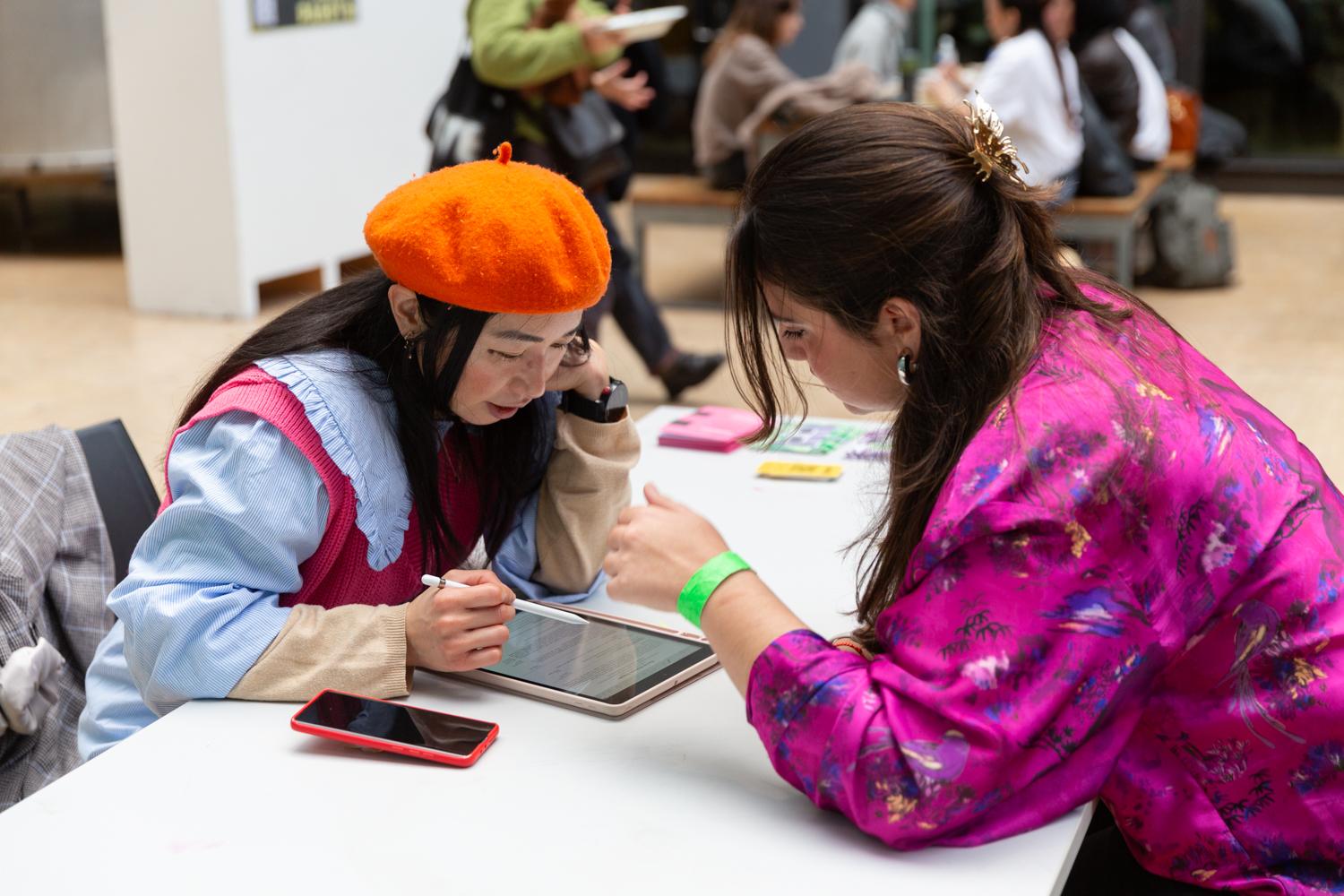How to work as a freelancer
Freelance work can be great for creatives. Managing your own schedule and being your own boss suits a lot of artists. However, finding work for yourself when you start out can be daunting.
To help you start your freelance journey, we’ve put together this guide with information and advice on:
- Planning your business
- Self-promotion
- Working with clients
- Surviving as a freelancer.
- Structuring a business plan 2015 (PDF 99KB)
- Gov.uk - Writing a business plan
- Start-up donut
- Writing a business plan - MOO (Design Works Wonders)
- Decide how much money you want to earn through the business and what salary you’ll need to survive. Don’t forget to include the time you will spend on admin, finances, and marketing.
- How many products do you need to sell, or projects do you need to complete, to achieve your financial goals?
- Think about what products or services you will offer.
- What are the outstanding features and key benefits of your products and service? – are these well explained on your website?
- What price will you sell at? See our pricing guide for advice.
- Think about who your clients/customers will be. Can you use your established network to find clients?
- Who will collect or commission your work?
- What kinds of people will use or buy your work? What kind of life do they live? What age or gender are they?
- How will your clients find you? Do you have an online portfolio?
- Are there any groups or networks you can join to promote your services?
- Will you use sites such as Creative Opportunities, Fiver or Upwork to find new clients?
- Ensure your website is clear, easy to navigate and up-to-date.
- Sites such as Upwork and People per Hour match freelancers with projects and The Dots allows you to showcase your previous projects and connect with clients.
- Use social media to create a network and professional brand story around what you do and why. You can use a social media scheduling tool like Later, Hootsuite or Buffer to make sure you post regularly.
- Your fee and how much you are prepared to do the work for. Consider the amount of work/number of hours that will be involved.
- Your deadlines and other work commitments and how you plan to fit everything in.
- How will you maintain communications with the client?
- What’s included in the service you’re offering (eg. updates, redrafts - and how many?) so that expectations are in writing.
- Decide in advance which areas you are prepared to compromise on.
- Will you be able to show the finished work in your online portfolio to future clients?
- Who will have the copyright of the work?
- Word of mouth is an effective way to get work as a freelancer. If you’re friendly and productive clients are more likely to recommend you.
- People move jobs, so connect with professional contacts via LinkedIn to ensure you remain on their radar.
- Be creative in how you approach potential clients to help you to stand out from the crowd.
- Attend events where there are potential clients (such as private views and industry networking events). Make sure you have business cards or other information to give to people you meet.
- Add completed projects to your online portfolio (make sure the client agrees first) and let other clients know about the project.
- Contact potential clients directly. Do some research to find clients who are looking for your specialist skills (LinkedIn is a good resource). Contact their HR department or a relevant employee such as their Design Director or Creative Director.
- Work with an agency who may be able to find you contract work based on your specific technical, creative, commercial and project management skills.
- Get testimonials from previous clients and include these in your marketing materials to add credibility.
- Do online courses to improve your technical, creative and business skills.
- Collaborate with other freelancers. This allows you to offer a combination of skills to potential clients and you can refer clients to one another.
Planning your business
It can be very useful to create a business plan or a business model canvas for your freelance work. It will help you put your thoughts on paper and think through what you want to do and how. A good plan can help you evaluate your progress, prioritise your workload and make better decisions on the work you pursue.
Create a basic plan for your business
You don’t need to create a long business plan (unless you're applying for funding which requires it). A basic plan should include some clear financial and marketing goals for the next year, a budget and a short explanation of your business idea and your market.
It is important that your business plan is well researched, as it will act as your road map to a successful business.
Business planning resources
Financial goals
Your product
Your clients
Promote your services
Set goals
When you’re setting goals it’s a good idea to start with what you want to achieve in 1 or 2 years time.
Set yourself some SMART (Specific, Measurable, Attainable, Relevant, Time-bound) goals for your finances and marketing, for example: “I want to earn £12K from my design work with 20 projects this year”, or “I want to get 8 illustration commissions this year, earning me £10K.”
Self-promotion
Promote your services online
Presenting and pitching
Once you've gained interest from a client you might need to pitch an idea or your service. This could be in the form of a presentation or might be through prototypes, depending on the industry. Preparation, practice and presentation are the key to a successful pitch.
Working with clients
Some of the things you will need to consider when working with a client are:
The negotiation itself can take the form of a face-to-face meeting, an email or phone call but it is important to close a negotiation with an agreement.
Freelance contracts
When you start a new project or job, make sure you get a written agreement signed by you and the client.
If you work day-to-day at your client’s studio, the contract might include the job title, an estimate of the time it will take and your daily rate. If you’re creating an entire project for a client, such as a website for a new business, then it needs to include much more information, such as how many changes will be allowed and an estimate of your turnaround time.
Make sure you have written confirmation of the following:
Top tips for freelancing
Relationship building:
Finding work:
Use your downtime:
Resources
-

Gracie Dahl, Image by Gracie Dahl
How to build a portfolio
Read our online guidance on how to plan and launch your own business or freelance practice.
-

Illustration: Money by Gabriele Lorusso
How to get paid
Get advice on how to promote yourself online, write an effective press release, and make the most of networking opportunities.
-

Image by Gracie Dahl
How to pitch
Read our tips for promoting your skills and services in order to attract freelance work and clients.
-

Image by Gabriele Lorusso
Creative Opportunities
Learn how to protect your intellectual property (IP) by taking our online learning module.
What's on
-
Student Career One-to-Ones
Join us to explore how we can support you to make a living doing what you love.
-
Career Wellbeing One-to-Ones
This biweekly one-to-one service is exclusively for current UAL BA, Graduate Diploma, MA, and PhD students.
-
Showcase Ready: One-to-one career discussions (Chelsea)
Book a 20-minute one-to-one career discussion.
-
Showcase Ready: Showcase one-to-ones (Chelsea)
Sign up for a Showcase one-to-one for personalised advice on the UAL Showcase platform.
-





